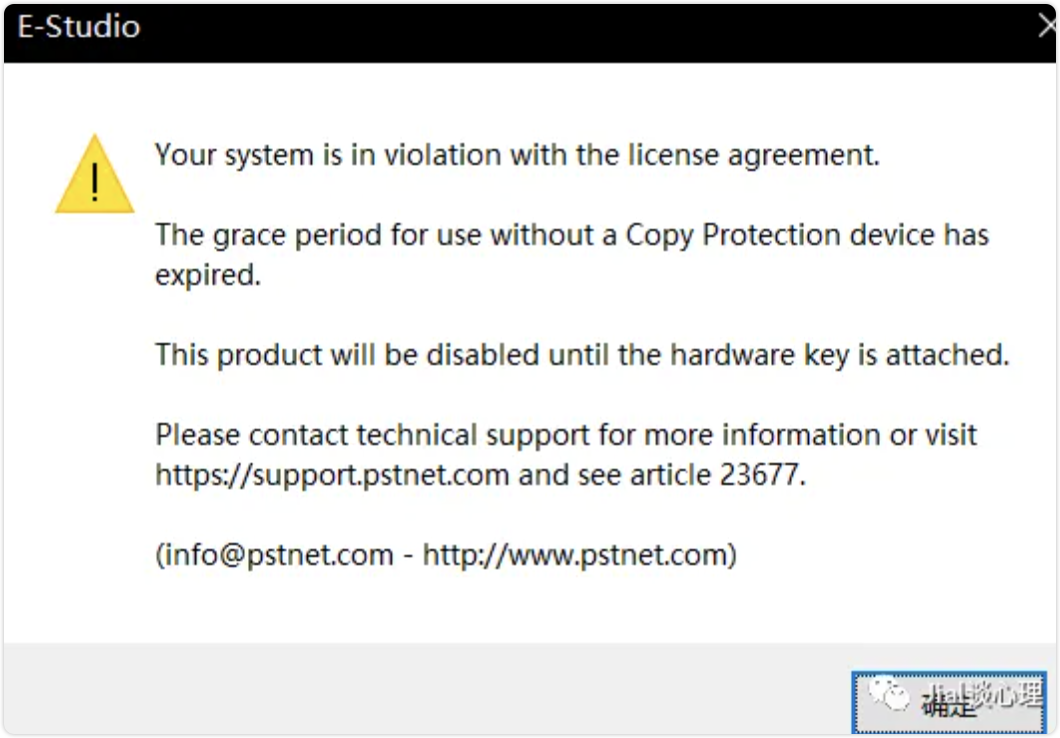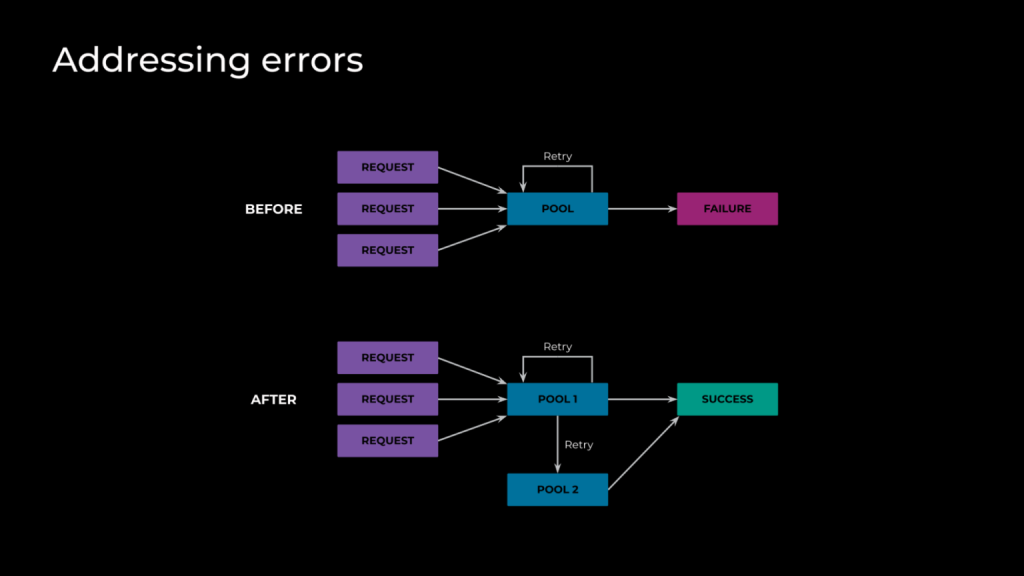系列文章目录
- 【扩散模型(二)】IP-Adapter 从条件分支的视角,快速理解相关的可控生成研究
- 【扩散模型(三)】IP-Adapter 源码详解1-训练输入 介绍了训练代码中的 image prompt 的输入部分,即 img projection 模块。
- 【扩散模型(四)】IP-Adapter 源码详解2-训练核心(cross-attention)详细介绍 IP-Adapter 训练代码的核心部分,即插入 Unet 中的、针对 Image prompt 的 cross-attention 模块。
- 【扩散模型(五)】IP-Adapter 源码详解3-推理代码 详细介绍 IP-Adapter 推理过程代码。
- 【可控图像生成系列论文(四)】IP-Adapter 具体是如何训练的?1公式篇
- 本文则以 IP-Adapter Plus 训练代码为例,进行详细介绍。
文章目录
- 系列文章目录
- 整体训练框架
- 一、训了哪些部分?
- 第一块 - image_proj_model
- 第二块 - adapter_modules
- 二、训练目标
整体训练框架

一、训了哪些部分?
本文以原仓库 1 的 /path/IP-Adapter/tutorial_train_plus.py 为例,该文件为 SD1.5 IP-Adapter Plus 的训练代码。
从以下代码可以看出,IPAdapter 主要由 unet, image_proj_model, adapter_modules 3 个部分组成,而权重需要被优化的(训练到的)只有 ip_adapter.image_proj_model.parameters(), 和 ip_adapter.adapter_modules.parameters() 。
ip_adapter = IPAdapter(unet, image_proj_model, adapter_modules, args.pretrained_ip_adapter_path)# optimizerparams_to_opt = itertools.chain(ip_adapter.image_proj_model.parameters(), ip_adapter.adapter_modules.parameters())optimizer = torch.optim.AdamW(params_to_opt, lr=args.learning_rate, weight_decay=args.weight_decay)...# Prepare everything with our `accelerator`.ip_adapter, optimizer, train_dataloader = accelerator.prepare(ip_adapter, optimizer, train_dataloader)
第一块 - image_proj_model
在 IP-Adapter Plus 中,采用的是 Resampler 作为img embedding 到 ip_tokens 的映射网络,对图像(image prompt)中信息的抽取更加细粒度。其他模块都不需要梯度下降,如下代码所示。
# freeze parameters of models to save more memoryunet.requires_grad_(False)vae.requires_grad_(False)text_encoder.requires_grad_(False)image_encoder.requires_grad_(False)#ip-adapter-plusimage_proj_model = Resampler(dim=unet.config.cross_attention_dim,depth=4,dim_head=64,heads=12,num_queries=args.num_tokens,embedding_dim=image_encoder.config.hidden_size,output_dim=unet.config.cross_attention_dim,ff_mult=4)...
第二块 - adapter_modules
Decoupled cross-attention 则在以下代码中进行初始化,关键是在特定的 unet 层中进行替换,详细位置可以参考前文中的图片,本文的重点是后续训练的实现。
# init adapter modulesattn_procs = {}unet_sd = unet.state_dict()for name in unet.attn_processors.keys():cross_attention_dim = None if name.endswith("attn1.processor") else unet.config.cross_attention_dimif name.startswith("mid_block"):hidden_size = unet.config.block_out_channels[-1]elif name.startswith("up_blocks"):block_id = int(name[len("up_blocks.")])hidden_size = list(reversed(unet.config.block_out_channels))[block_id]elif name.startswith("down_blocks"):block_id = int(name[len("down_blocks.")])hidden_size = unet.config.block_out_channels[block_id]if cross_attention_dim is None:attn_procs[name] = AttnProcessor()else:layer_name = name.split(".processor")[0]weights = {"to_k_ip.weight": unet_sd[layer_name + ".to_k.weight"],"to_v_ip.weight": unet_sd[layer_name + ".to_v.weight"],}attn_procs[name] = IPAttnProcessor(hidden_size=hidden_size, cross_attention_dim=cross_attention_dim, num_tokens=args.num_tokens)attn_procs[name].load_state_dict(weights)unet.set_attn_processor(attn_procs)adapter_modules = torch.nn.ModuleList(unet.attn_processors.values())
二、训练目标
每个 epoch 是遍历完一整个 dataset,我们直接从每个训练步的循环中来看:
- latents 是通过 vae 将输入的 image prompt 压到了隐空间(latent space)中。
- 准备相应的 noise 和 timesteps ,再通过 noise_scheduler 来制作出 noisy_latents。
for step, batch in enumerate(train_dataloader):load_data_time = time.perf_counter() - beginwith accelerator.accumulate(ip_adapter):# Convert images to latent spacewith torch.no_grad():latents = vae.encode(batch["images"].to(accelerator.device, dtype=weight_dtype)).latent_dist.sample()latents = latents * vae.config.scaling_factor# Sample noise that we'll add to the latentsnoise = torch.randn_like(latents)bsz = latents.shape[0]# Sample a random timestep for each imagetimesteps = torch.randint(0, noise_scheduler.num_train_timesteps, (bsz,), device=latents.device)timesteps = timesteps.long()# Add noise to the latents according to the noise magnitude at each timestep# (this is the forward diffusion process)noisy_latents = noise_scheduler.add_noise(latents, noise, timesteps)
- clip_images 和 drop_image_embed 是在准备数据的过程中,做了一个随机 drop 的方式进行数据增强,提升模型鲁棒性。
- 数据增强:通过随机丢弃一些图像,模型被迫学习从剩余的图像中提取信息,这可以增加模型的泛化能力。
- 模型鲁棒性:训练模型以处理不完整的数据,使其在实际应用中对缺失数据更加鲁棒。
clip_images = []for clip_image, drop_image_embed in zip(batch["clip_images"], batch["drop_image_embeds"]):if drop_image_embed == 1:clip_images.append(torch.zeros_like(clip_image))else:clip_images.append(clip_image)clip_images = torch.stack(clip_images, dim=0)with torch.no_grad():image_embeds = image_encoder(clip_images.to(accelerator.device, dtype=weight_dtype), output_hidden_states=True).hidden_states[-2]with torch.no_grad():encoder_hidden_states = text_encoder(batch["text_input_ids"].to(accelerator.device))[0]
https://github.com/tencent-ailab/IP-Adapter/tree/main ↩︎







![python解释器[源代码层面]](https://i-blog.csdnimg.cn/direct/d62dc9d98097442fb30bc0bb208f037a.png)











